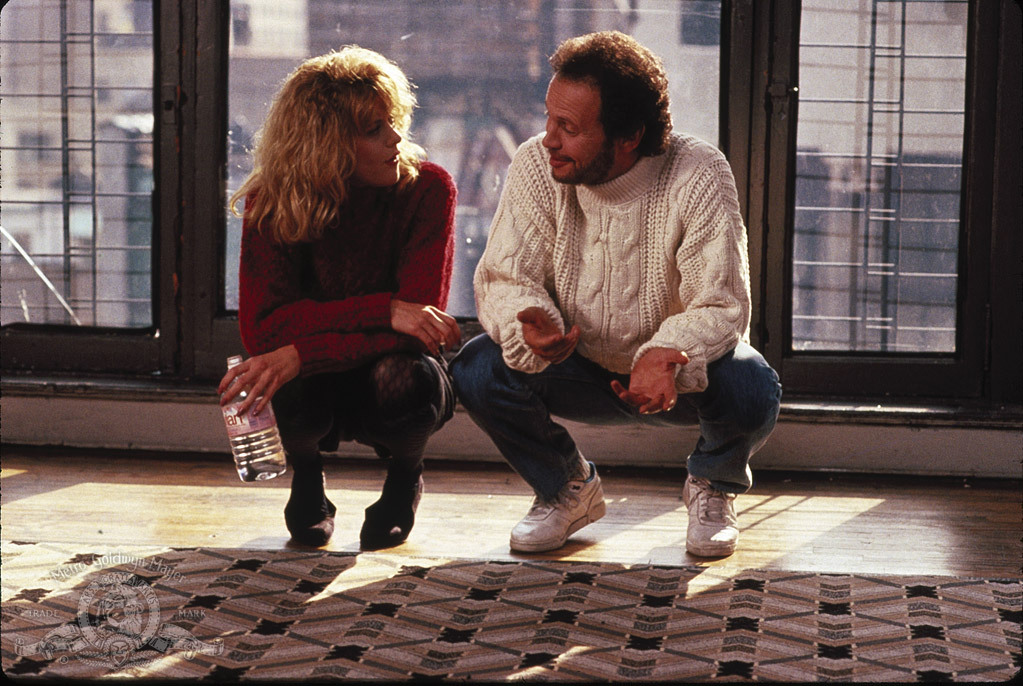“Super Mario Bros. 2”: A Divergent Adventure in Mario’s World – NES Review

When “Super Mario Bros. 2” was released for the NES in 1989, it presented a departure from its wildly successful predecessor, “Super Mario Bros.” This divergence wasn’t just in terms of gameplay and design but also in its origin, being a rebranded version of a Japanese game titled “Doki Doki Panic.” Despite its unconventional path to becoming a Mario game, “Super Mario Bros. 2” managed to captivate a global audience with its unique gameplay, vibrant world, and enduring charm.
Gameplay and Mechanics: A New Direction
“Super Mario Bros. 2” stood out for its significant gameplay changes from the original. Players could choose from four characters—Mario, Luigi, Princess Toadstool (Peach), and Toad—each with unique abilities. This choice significantly affected how players interacted with the game’s world and obstacles. The game moved away from the series’ traditional platforming elements, like stomping on enemies, and introduced a mechanic where players could pick up and throw objects and enemies to navigate levels or defeat foes.
The level design in “Super Mario Bros. 2” was varied and imaginative, featuring vertical and horizontal scrolling stages, each with their distinct themes and challenges. The game abandoned the pipe-filled landscapes of the original for a more varied and sometimes whimsical setting, which included desert pyramids, skybound stages, and icy terrains.
Visuals and Art Direction: A Vibrant Departure
Visually, “Super Mario Bros. 2” was a leap forward from its predecessor. The game showcased a more vibrant color palette and detailed sprites. The character designs were more expressive, and the world itself felt more alive, teeming with an array of enemies and whimsical elements that were distinct from the traditional Mario universe.
The art direction of the game contributed to its fairy-tale-like atmosphere, with each level presenting a unique aesthetic and feel, adding to the game’s overall charm and appeal.
Audio and Music: Enhancing the Adventure
The soundtrack of “Super Mario Bros. 2,” composed by Koji Kondo, continued the tradition of memorable and catchy tunes. Each theme was carefully crafted to match the level’s mood and setting, enhancing the overall gaming experience. The game’s sound effects, from the flutter of character’s jumps to the sounds of throwing objects, added a layer of whimsy and engagement to the gameplay.
Behind the Scenes: The Story of “Doki Doki Panic”
The development story behind “Super Mario Bros. 2” is as unique as the game itself. The version released outside Japan was initially a different game called “Doki Doki Panic,” developed by Nintendo for the Fuji Television’s Yume Kōjō festival. The game was later rebranded with Mario characters for the Western audience after concerns that the original “Super Mario Bros. 2,” released in Japan, was too challenging and too similar to the first game.
This transformation involved changing character models and some gameplay elements to fit the Mario universe. However, the core game mechanics and level designs remained largely the same, leading to “Super Mario Bros. 2” being notably different from other entries in the series.
Cultural Impact and Legacy
While initially a stopgap solution, “Super Mario Bros. 2” cemented its place in the Mario franchise and video game history. It introduced characters and elements, such as Birdo and the Shy Guys, that would become staples in future Mario games. The game was a commercial success and received critical acclaim for its creativity and gameplay.
Despite its unconventional origins, “Super Mario Bros. 2” is fondly remembered by gamers and is credited with broadening the scope of what a Mario game could be. Its legacy is evident in how elements from the game have been integrated into the broader Mario universe.
Final Thoughts
“Super Mario Bros. 2” stands as a testament to Nintendo’s willingness to experiment and innovate within its most beloved franchises. Its unique gameplay mechanics, combined with vibrant visuals and memorable music, created an experience that was distinct yet undeniably Mario. The game’s history, marked by its transformation from “Doki Doki Panic” to a Mario title, adds to its intrigue and charm. As a game that both diverged from and expanded the Mario universe, “Super Mario Bros. 2” remains an essential and beloved chapter in the history of video gaming.




